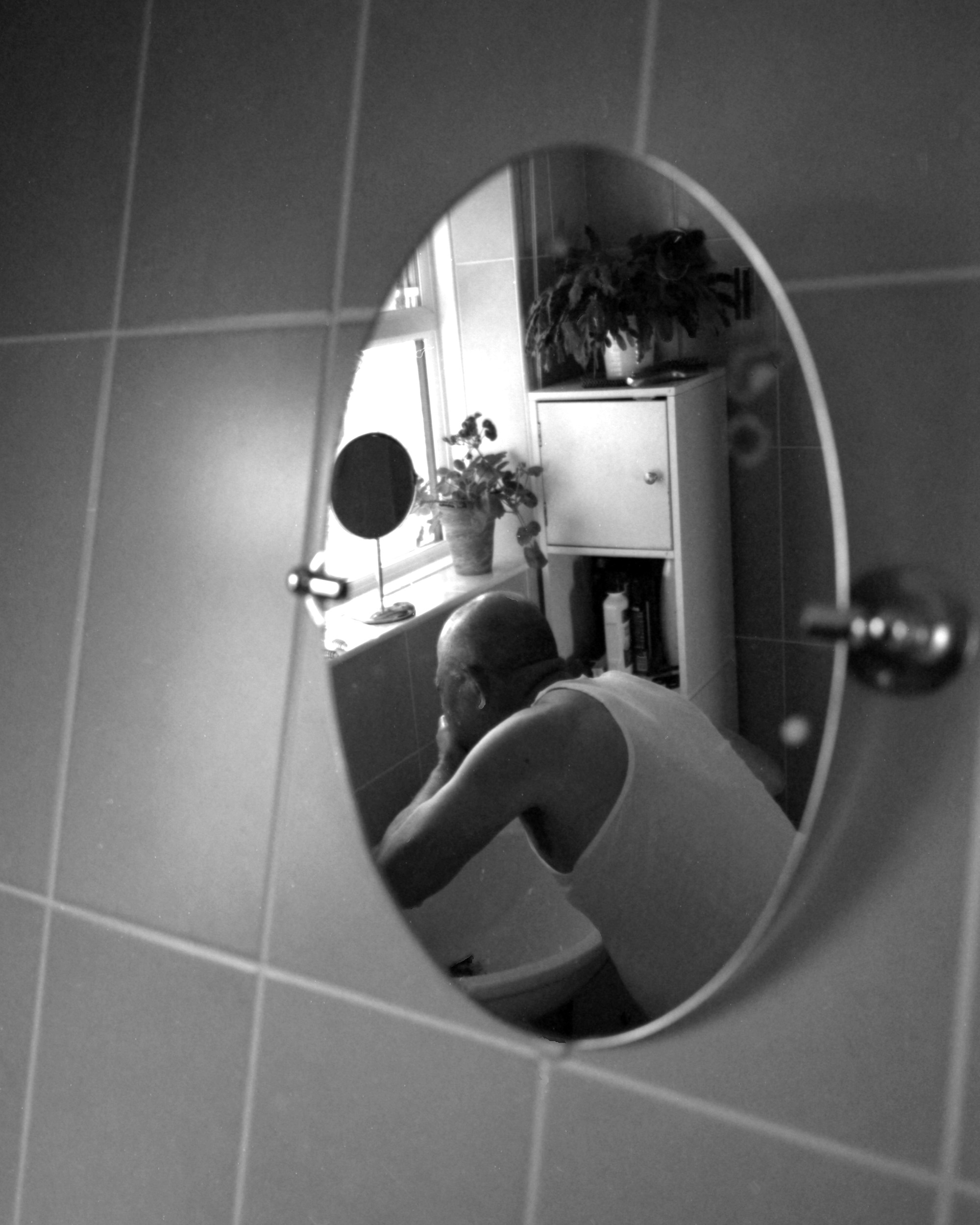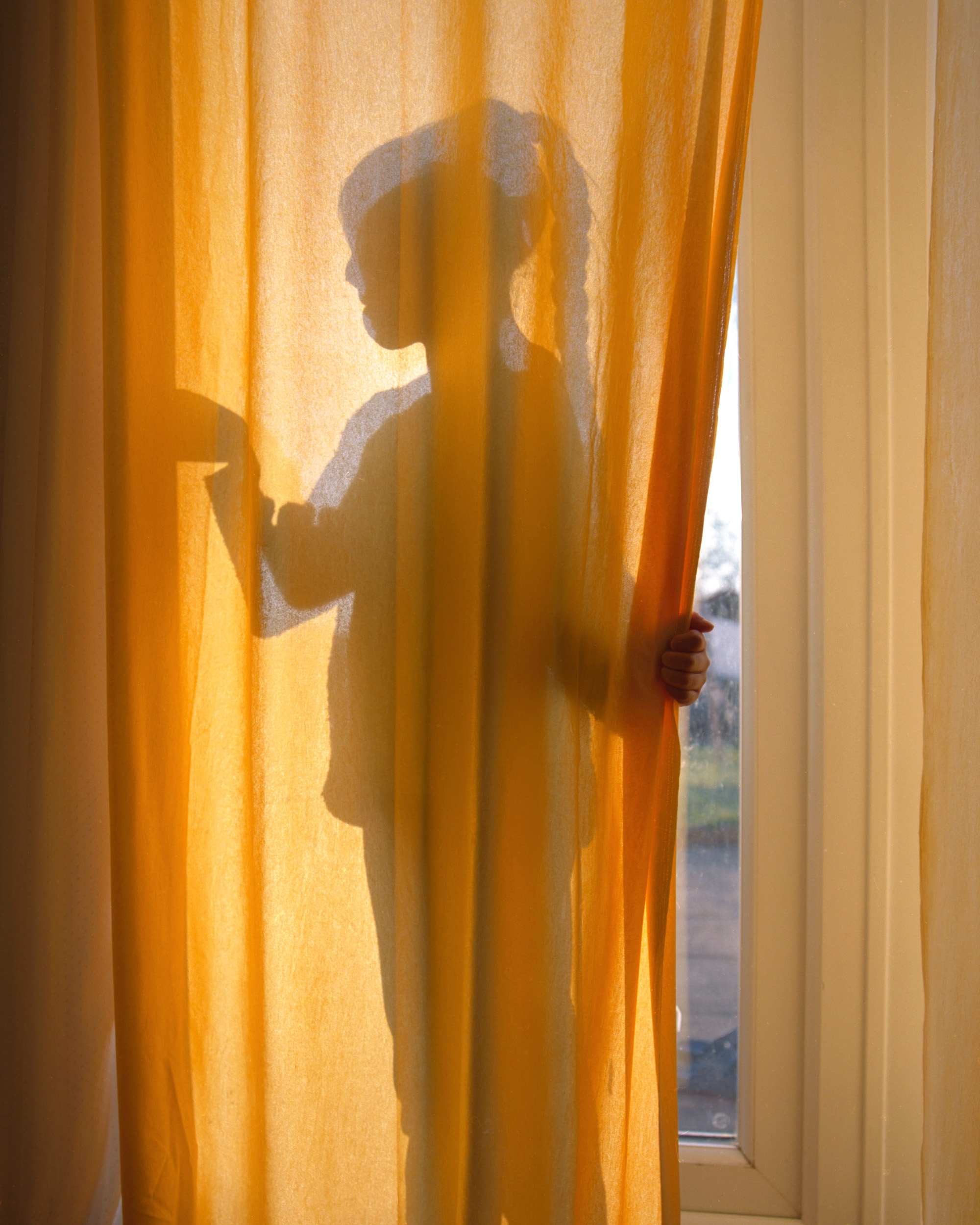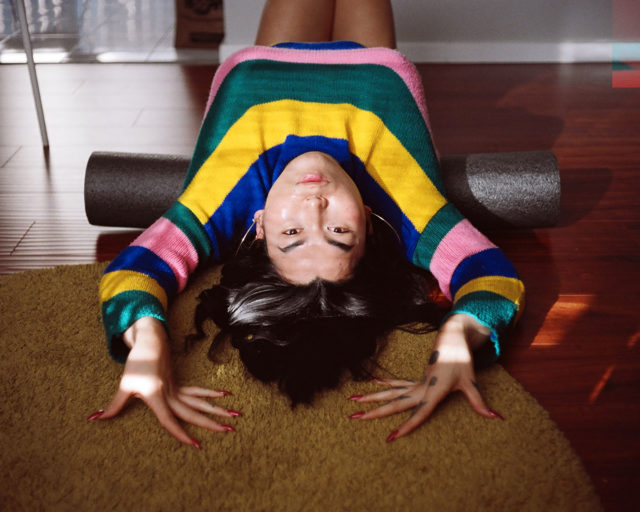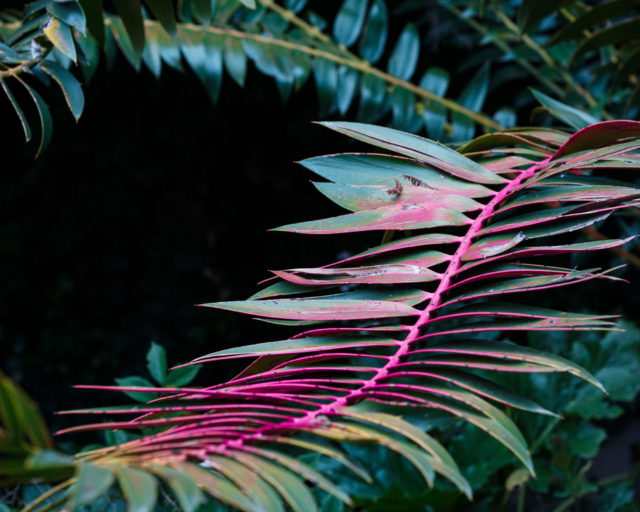Tirtha Lawati, Nyauli, 2020–ongoing
Tirtha Lawati was born in Nepal and raised in Britain. He grew up across a number of counties—Kent, North Yorkshire, and Warwickshire—before studying photography at Warwickshire College, and then fashion photography at London College of Fashion. His editorials published in Vogue Italia and Dazed narrate fashion collections designed by his peers, of models at ease in clothes worn with confidence; but his own portfolio documents the tentative experience of first-generation Asian youth in the UK, suspended between the worldview of their parents and the accommodation of British values. For Lawati, the boundaries of the home also express this tension: “I have been exposed to two identities, one being inside the home, and one being outside,” he tells me. He describes his ongoing project Nyauli as a call for home. It refers to the Great Barbet (Nyauli), a bird native to Nepal whose song, according to folklore, is that of a lost lover.


The UK’s COVID-19 lockdowns forced Lawati to confront his own conception of home over an extended period of time spent in close confines with his extended family. What started as practical exercises to stem his restlessness—teaching himself the qualities of natural light by shooting in the garden at dawn, trying his hand at nature photography, or taking portraits of his nieces during breaks between home-schooling lessons—soon developed into a studied depiction of domestic life based on his own compositions. Lawati works by first drawing his portraits and then staging them. This process lends the images a somewhat studied sense, as though they are vignettes in which his family are the protagonists.
“I wanted to do something to transform bleak times into something playful, something like a reality,” Lawati says. His project was produced partly out of the prevailing restrictions, so he had to use a postal lab service to develop the analog film. Despite the pandemic’s varied obstacles, this new body of work, published here for the first time, is finely observed and supplies the distraction of small details.

The photographs are strangely familiar. They speak of roles and responsibilities in family relations but in unlikely terms. A blanket drying on a clothesline envelops a matriarch, fists raised, a smile on her lips, and a beanie pulled over the crown of a wide-brimmed summer hat; an older man rests the fullness of his palm on his head in a gesture of self-possession; a girl dozes as she inhales the hair of the younger sister in her arms. They are tender likenesses that radiate with a sense of security in being held.
Lawati’s nieces became a particular focus, as they were the same age that Lawati and his sister were when they first arrived in Britain to confront a new life and a new language. The struggles of Lawati’s assimilation is lost on the two young girls, who speak English as their mother tongue. Lawati captures the desire to overcome a generational divide in a portrait of his nieces with their hair plaited with lacha, a traditional red hair accessory worn by Nepali women with floral appendages made from raw jute fiber, yarn, beads and threads. Like most young girls, Lawati’s nieces wear the braids their own way, studded with chrysanthemums picked from the garden. One of them raises a hand to the sky, as a plastic dragonfly rests on her fingertip.
The image is inspired by a memory of Lawati’s early childhood in Nepal, when he was fascinated by the dragonfly, attracted by the whirring of its wings as it hovers almost still in midair. Trying to connect experience across a generation’s worth of difference, Lawati depicts the dragonfly as symbolic of living freely, and in the photograph, it is gifted benevolently to his nieces. He intends to continue to photograph them, he says, to follow “how they cope and how they find the answer to their identity or sense of belonging.”








Courtesy the artist
Read more from our series “Introducing,” which highlights exciting new voices in photography.


























